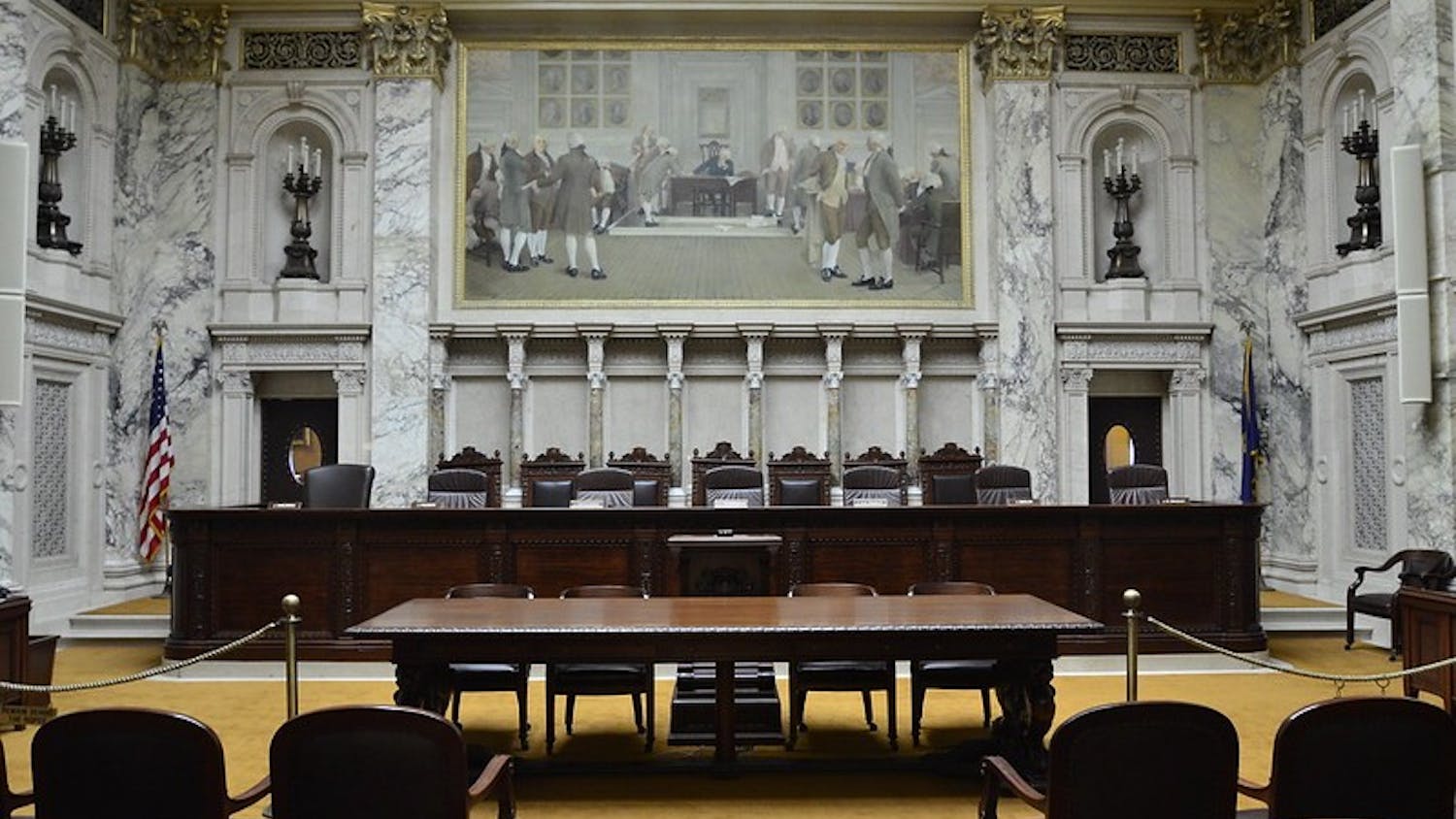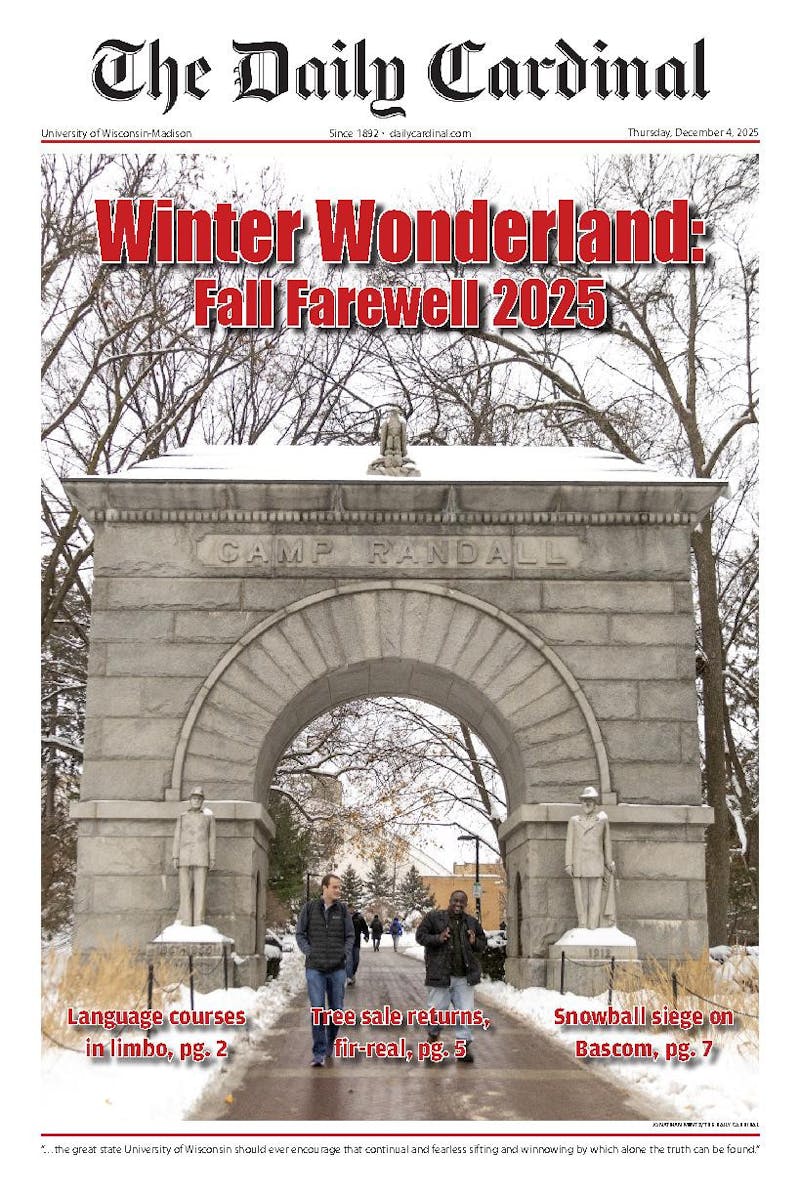By the late 18th century, France already had over 250,000 different units of measurements in regular use for scientific and commercial activities. The confusion among so many measuring units perpetuated fraud, hampered commerce and limited communication within France and its neighbors.
A group of scientists decided to create a new unit of measure called the meter by defining it as one ten-millionth of the distance between the pole and the equator. In order to gain international acceptance, the scientists believed that the unit of measure should be based upon nature so that it belonged \for all people, for all time.""
Professor Ken Alder's ""The Measure of All Things"" recounts the expedition of two French astronomers, Pierre-Francois-Andre Mechain and Jean-Baptiste-Joseph Delambre, from 1792 to 1799.
Using the most advanced instruments of that time and starting in Paris, Delambre and Mechain measured the arc of a meridian from Dunkirk to Barcelona. While the cool-headed Delambre took the northern route and the obsessive-compulsive Mechain took the southern route, both men made tens of thousands of measurements in the brutal cold, while encountering several problems including death threats and passport troubles amidst the chaos of the French Revolution.
Being selected to lead an expedition to measure the arc of the earth with so much precision that it would be used as a standard for the entire world and future generations is a daunting task at best. After many astronomical observations and pages of calculation, a scientist's worst nightmare came true.
They completed the expedition in seven years only to find out that some of their observations were wrong. Mechain had made mistakes and chose to secretly fudge the data to make it look good. Political problems prevented him from double-checking, and he was forced to turn over the data to his peers.
Despite receiving admiration and respect from his colleagues and returning to a rich, warm family life, Mechain's guilt soon leads him to embark on an expedition in the Mediterranean where he succumbs to malaria.
Up to this point, the book is unfortunately rather boring. It is more than tedious to have to plow through Professor Alder's descriptions of cities and observations. However, the book becomes more interesting when Alder explains that Delambre compiles several volumes of the expedition years later and learns of Mechain's falsifying of the data.
Delambre decides to continue the cover-up instead of revealing the error to the public. The result: Delambre and Mechain produced measurements for a meter that are still short by 0.2mm from the way the meter was originally defined.
The most amusing part of the book occurs near the end where readers can enjoy the kinds of propaganda that was used to promote the metric system in France (France hired a blind guy to preach the merits of the metric system to crowds).
For those interested, one can learn why the United States is only one of three countries which has not officially adopted the metric system, and why Mechain's errors have more to do with the ignorance of error analysis rather than faulty measurements.
For much of the time, the book reads like a bad lab report, the kind of document best left to the astronomy department wastepaper basket.
However, if you're interested in the politics and science of the meter, Alder provides the best historical account to date.
""The Measure of All Things"" is published by the Free Press.





